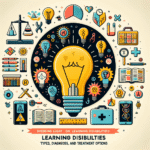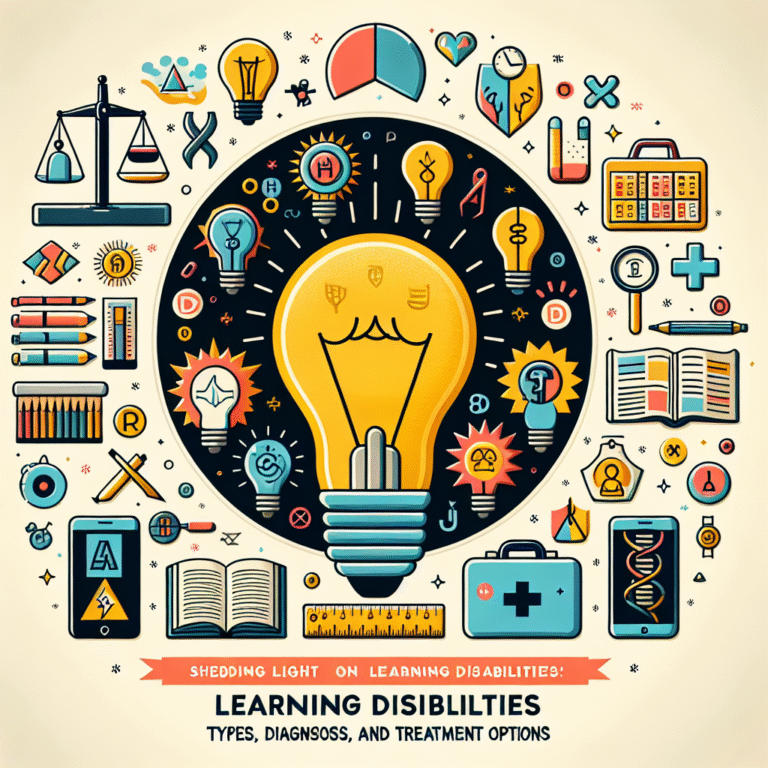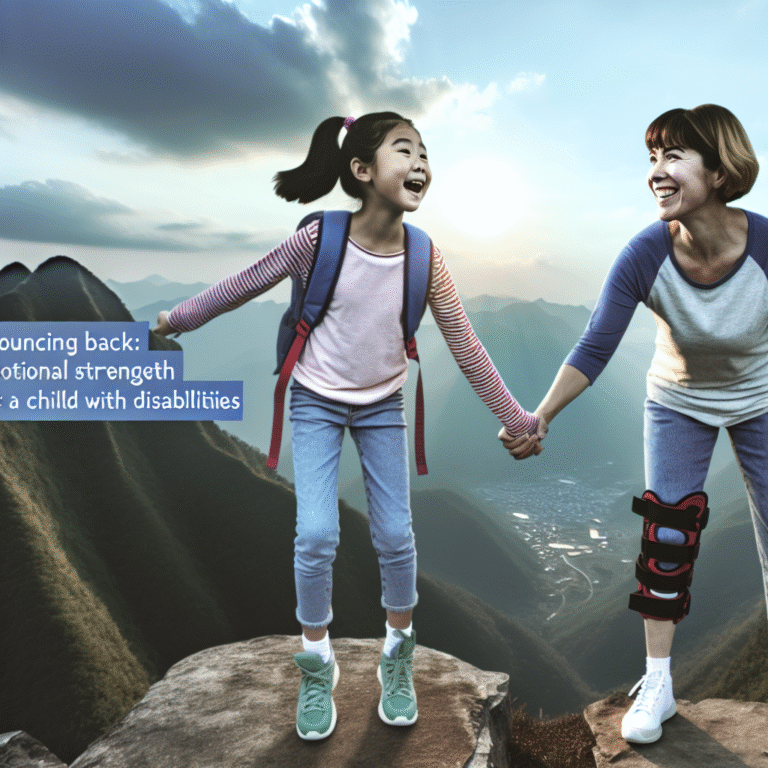
Brushstrokes of Healing: Exploring the Proven Benefits and Methods of Art Therapy
Introduction
Art speaks where words are unable to explain. In our fast-paced, often overwhelming world, finding solace can be a daunting task. But what if that relief could come from a canvas, a clay sculpture, or even a simple sketch? This is where art therapy emerges as a beacon of hope. Brushstrokes of Healing: Exploring the Benefits and Methods of Art Therapy delves deep into the transformative power of creativity as a form of therapy, shedding light on the profound benefits it offers and the methods practitioners employ. Let’s embark on this enlightening journey and discover how art can heal the invisible wounds within us.
The Essence of Art Therapy
Art therapy combines the creative process of making art with psychological theory and techniques to improve mental, emotional, and psychological well-being. It emphasizes the journey of creation rather than the finished product, providing a safe space for individuals to express themselves freely. The foundation of art therapy lies in the belief that creative expression can foster healing and self-discovery.
Historical Context
Art therapy’s roots can be traced back to the early 20th century, emerging from a rich tapestry of psychology and art. Early pioneers like Margaret Naumburg believed that art could serve as a medium to understand and access the unconscious mind. This laid the groundwork for the professional field we recognize today. The practice has since evolved, drawing from various disciplines such as psychology, fine arts, and neuroscience.
Defining Art Therapy
Art therapy is not limited to painting or drawing; it encompasses a wide range of creative outlets including sculpture, photography, collage, music, and dance. Licensed therapists and trained professionals guide the process to navigate complex emotions and cultivate personal growth.
Unveiling the Benefits of Art Therapy
Exploring the benefits of art therapy reveals its versatility in addressing mental health challenges and enhancing overall well-being. Here are some of the most significant advantages:
1. Emotional Expression and Release
Art therapy provides a channel for individuals to express complex emotions that may be difficult to articulate. For those grappling with anxiety, depression, or trauma, the act of creating can become a safe way to release pent-up feelings.
Case Study: Sarah’s Journey
Sarah, a 32-year-old woman struggling with severe anxiety, found relief through an art therapy program. By prioritizing abstract painting, she began to express emotions she could not put into words. Over time, Sarah developed a better understanding of her feelings and discovered coping mechanisms that greatly improved her quality of life.
2. Stress Reduction and Mindfulness
The act of creating art induces a state of mindfulness, allowing individuals to immerse themselves in the present moment. This meditative quality can significantly reduce stress levels.
Analysis
Mindfulness in art therapy can have a profound impact. Engaging in the creative process distracts the mind from stressors, allowing time for reflection and relaxation. This practice has been shown to lower cortisol levels, promoting a sense of calm and well-being.
3. Enhanced Self-Esteem and Self-Discovery
Art therapy nurtures self-exploration, allowing individuals to uncover latent talents and interests. As clients create art, they develop a sense of accomplishment and improve their self-esteem.
Case Study: Michael’s Transformation
Michael, a 45-year-old veteran battling PTSD, enrolled in an art therapy workshop. Through creating sculptures, he not only found a new passion but also healed from emotional wounds. The process instilled confidence, helping him transition back into civilian life successfully.
4. Social Connection
Art therapy fosters connection among participants. Group sessions provide a supportive environment where individuals share experiences and feelings, facilitating bonding and increased social interaction.
Table 1: Benefits of Group Art Therapy Sessions
| Benefit | Description |
|---|---|
| Social Interaction | Engaging with others reduces feelings of loneliness. |
| Shared Experiences | Participants learn from each other’s journeys. |
| Supportive Community | A safe space encourages vulnerability and openness. |
5. Cognitive Development
Creating art requires critical thinking and problem-solving skills, enhancing cognitive flexibility. Engaging with various media can also stimulate the brain and improve concentration.
Analysis
In art therapy, clients often face challenges that require innovative solutions, facilitating cognitive growth. This mental engagement can be beneficial for individuals of all ages, particularly children and adolescents.
Methods of Art Therapy
Understanding how art therapy operates is crucial for appreciating its benefits. Here are several key methods used by art therapists:
1. Individual Art Therapy Sessions
One-on-one sessions allow for personalized attention and deep exploration of emotions and experiences. Therapists guide individuals through tailored activities that resonate with their specific needs.
2. Group Art Therapy
Group settings foster a sense of community. Participants create art together, share their work, and discuss the emotional landscape that emerges from the creative process.
3. Art for Trauma Recovery
Specialized art therapy approaches address trauma, such as using narrative techniques where individuals create art that tells their stories. This method helps clients externalize and process traumatic experiences.
4. Structured Activities
Art therapists may employ structured activities to meet therapeutic goals. For instance, guided imagery exercises followed by art creation can help individuals tap into subconscious thoughts and emotions.
5. Integrating Various Art Forms
Art therapy does not limit itself to traditional media. Therapists often incorporate diverse forms—such as dance, music, or digital art—tailoring sessions to clients’ preferences and comfort levels.
Understanding Art Therapy’s Impact Through Research
A wealth of research supports the efficacy of art therapy. Here are some notable findings:
- A study involving cancer patients demonstrated that those who participated in art therapy experienced reduced anxiety, improved emotional well-being, and a greater sense of personal control.
- Research focused on children with autism showed that engagement in art therapy improved communication skills, social interaction, and emotional regulation.
Table 2: Art Therapy Research Findings
| Study Focus | Key Findings |
|---|---|
| Cancer Patients | Reduced anxiety and improved well-being. |
| Children with Autism | Enhanced communication and emotional skills. |
| Trauma Survivors | Decreased PTSD symptoms and increased coping. |
The Future of Art Therapy
As mental health awareness continues to grow, art therapy is becoming an integral part of holistic treatment approaches. It has found applications in various settings, including hospitals, schools, rehabilitation centers, and community programs.
Innovations in Art Therapy
Digital art therapy is an emerging field, utilizing technology to create art. Virtual reality and wearable art technologies offer new ways for individuals to engage in the therapeutic process.
Furthermore, incorporating art therapy into schools can promote resilience and coping mechanisms among students, addressing educational and emotional needs holistically.
Conclusion
Brushstrokes of Healing: Exploring the Benefits and Methods of Art Therapy reveals a world where creativity becomes a powerful tool for healing. As we conclude this exploration, it is essential to recognize that the act of making art can unlock profound transformations, guiding individuals on their journey toward mental well-being.
The takeaway is clear: anyone can benefit from creative expression, whether through formal therapy or personal exploration. So gather your paints, find your canvas, and allow your unique brushstrokes to illuminate your path to healing.
FAQs About Art Therapy
1. What qualifications do art therapists have?
Art therapists typically hold a master’s degree in art therapy or a related field and are licensed to practice. They undergo extensive training in both psychology and artistic techniques.
2. Can anyone participate in art therapy?
Absolutely! Art therapy is beneficial for people of all ages and backgrounds. You don’t need to be an artist; the focus is on the process, not the outcome.
3. How long does art therapy take to show benefits?
Results can vary, but many individuals often notice positive changes after just a few sessions. Long-term benefits typically develop with ongoing participation.
4. Is art therapy effective for children?
Yes, art therapy is particularly effective for children, as it provides a non-threatening platform for expression and can support emotional and cognitive development.
5. Can art therapy replace traditional therapy?
While art therapy can be a powerful complementary approach, it is not necessarily a substitute for traditional forms of therapy, especially when severe mental health issues are present. It’s best used as part of a comprehensive treatment plan.
With insights shared and knowledge gained, we hope you feel inspired to explore the world of art therapy—may your brushstrokes lead to healing and self-discovery.














